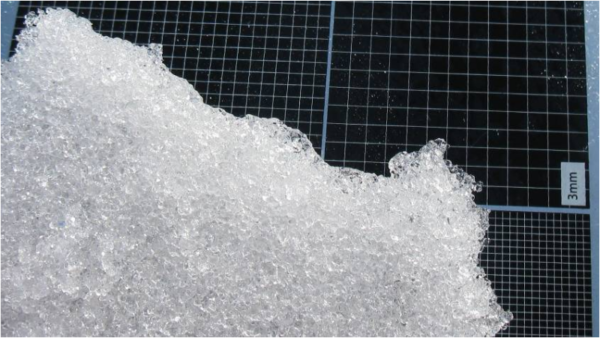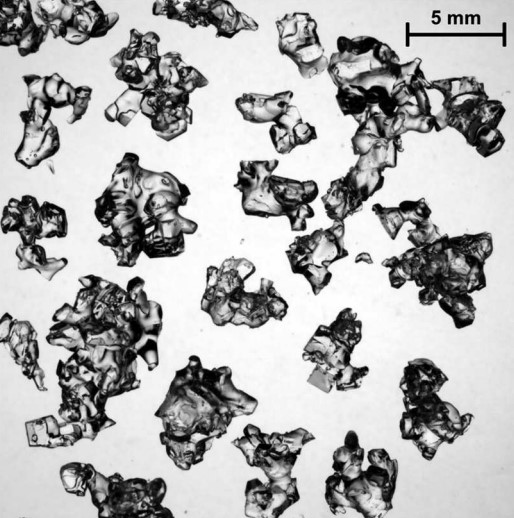A crust that forms when a wet snow layer (from melt or rain) refreezes.

A melt-freeze crust that formed from the combination of rain and warm temperatures followed by colder weather. Credit: Flathead Avalanche Center
Melt-freeze crusts are caused by the snow surface melting or wetting and subsequently refreezing. Wetting the snow surface may be caused by rain, strong sunshine, warm air temperatures, and/or a ‘greenhousing’ solar radiation effect. The thickness and hardness of these crusts depends on the amount of water available to re-freeze and the intensity of the freeze. Melt-freeze crusts can vary from thin (several mm to 1 cm) to thick (>5 cm).


